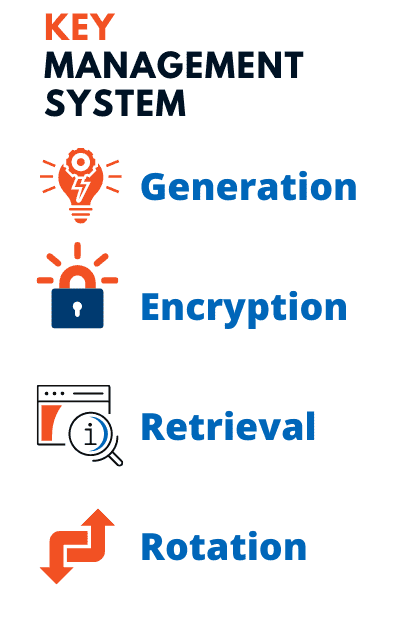KMS Service|Key Management Service|Pico [2024]
Go to home page » KMSPico
The KMS service is used to activate Microsoft Windows and Microsoft Office products. Ensures that the software was legally acquired from Microsoft.
KMS is used for volume license activation.
All businesses, schools, and non-profit organizations use this KMS service.
KMS service
You have some data and you want to protect it.
Like maybe a credit card or social security number.
Additionally, it has an encryption key and an encryption program that can perform AES encryption.
Many encryption algorithms are used.
If you are using a standard NIST encryption type from the National Institute of Standards and Technology, it may be DES (Data Encryption Standard).
The encryption key is the only data bit that protects your data.
It's a secret you should make sure you don't miss.
The KMS service is designed to create, protect and provide encryption keys.
Perform encryption or decryption tasks.
It is deployed on a typical server that you can find in any IT computer room.
They are generally designed to be more secure.
KMS service components
 There are four main components of a KMS service.
There are four main components of a KMS service.
– Generation of encryption keys.
– Encryption key encryption
– Recovery of encryption keys.
– Encryption key rotation.
Encryption key generation
Generation is an important component.
It is relatively difficult to generate a good unpredictable encryption key.
It uses a random number generator to generate them and ensure they are unpredictable.
To do this, true or cryptographically secure random number generators are implemented.
Once generated, it must be stored on a computer.
Storing it on a server is another task in itself.
This is stored in an encrypted format with some special keys called encryption keys.
Now that we have generated the key and stored it securely, we need to be able to recover it.
We should be able to incorporate them into our mainframe Windows or Linux applications.
So that we can use them to encrypt our data.
Encryption key recovery
Key recovery is another important component of the KMS service.
This is done safely.
In other words, we don't want this key to go over the network.
So that he could not be exposed to a loss.
Recovery is typically done with secure SSL or TLS sessions.
It is packaged in a secure package and moves over the network.
Encryption key rotation
Changing a key is called key rotation.
Many compliance regulations require that keys be changed periodically, perhaps every 90 days or annually.
Being able to change the description or activation and expiration dates of keys is also an important component of a system.
When you create keys, you may not want to use them for a certain period of time.
Likewise, if they are lost or compromised, you may want to revoke them or make them unusable.
You may even want to delete or destroy them.
 These are some of the basic functions.
These are some of the basic functions.
They are created at the National Institute of Standards and Technology (NIST).
If you want to know more about them, just Google NIST SP 800-53.
Here is a complete discussion on the key life cycle.
This is all very well defined now.
What we have talked about so far in terms of creation, activation, expiration, revocation and deletion of keys.
It's all part of the key life cycle process.
Typically, you will have the ability to control and access these keys.
You need to make sure that only the right people use them.
You have to know how many of them you have, what they are called and what their attributes are.
Therefore, consultation is another important component of the system.
This will provide a mechanism for real-time backup and mirroring.





